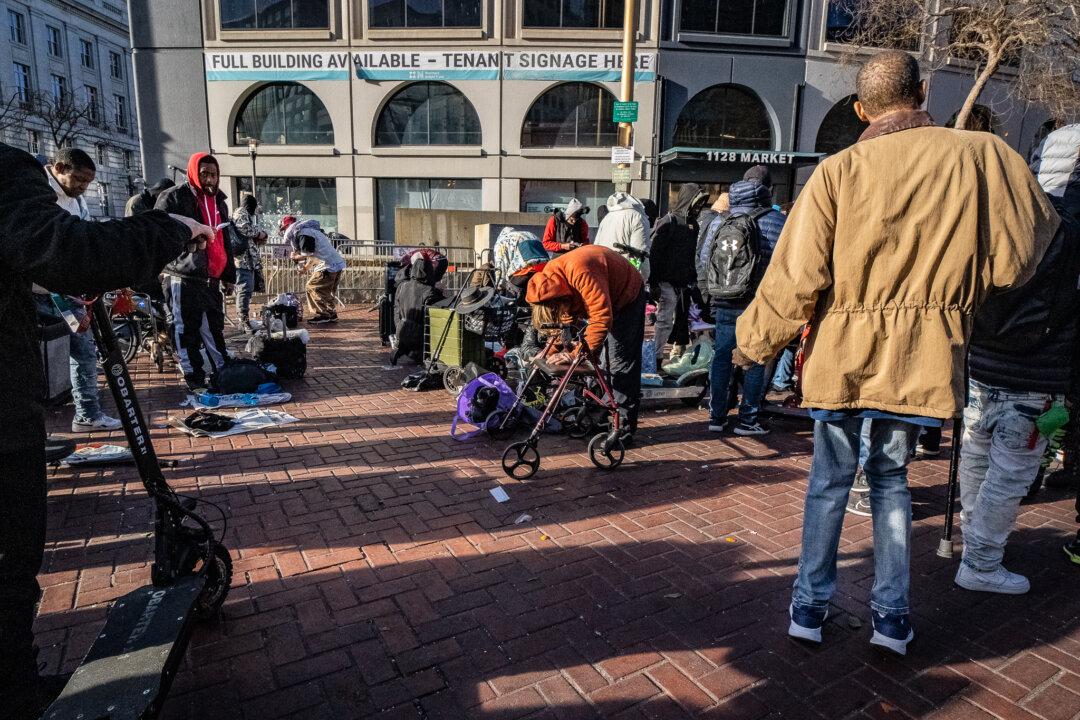LOS ANGELES—As drought concerns prompt state and city leaders to implement water conservation efforts, a small fish has made its way back to center stage in California’s water wars, with many farmers questioning why millions of acre-feet of fresh water are being sent to the ocean to try to save it.
It’s a multi-decade-long battle that has resurfaced as the state limits many residents’ water use by 20 to 35 percent and restricts outdoor watering to once per week.





